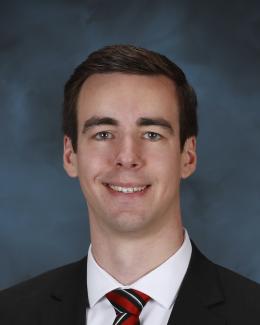Abstract
The critical heat flux (CHF) corresponding to the departure from nucleate boiling (DNB) is one of the major limiting factors in the design and operation of pressurized water reactors (PWRs). Various predictive tools have been proposed for steady-state conditions. Empirical correlations and look-up tables yield relatively good agreement with specific experimental datasets and are widely used in subchannel codes for PWR transient simulations. However, experimental studies have revealed that during fast transients, the CHF values can become significantly higher than those in steady-state or slow transient scenarios, causing this modeling approach to result in overly conservative DNB prediction. This paper presents a mechanistic transient CHF model. Based on prior work, two DNB triggering mechanisms prevail in this model—the hydrodynamic thinning process and the thermal thinning process—both of which rely on the generally admitted liquid sublayer dryout theory. These mechanisms evaluate the depletion of the liquid sublayer underneath vapor slugs flowing over the channel. This model is further validated against three sets of power transient experiments at different operating conditions. While it clearly outperforms steady-state approaches and generally agrees closely with measurements, it still remarkably under-estimates CHF for very fast transients at low pressure. Future investigations will address this limitation.



